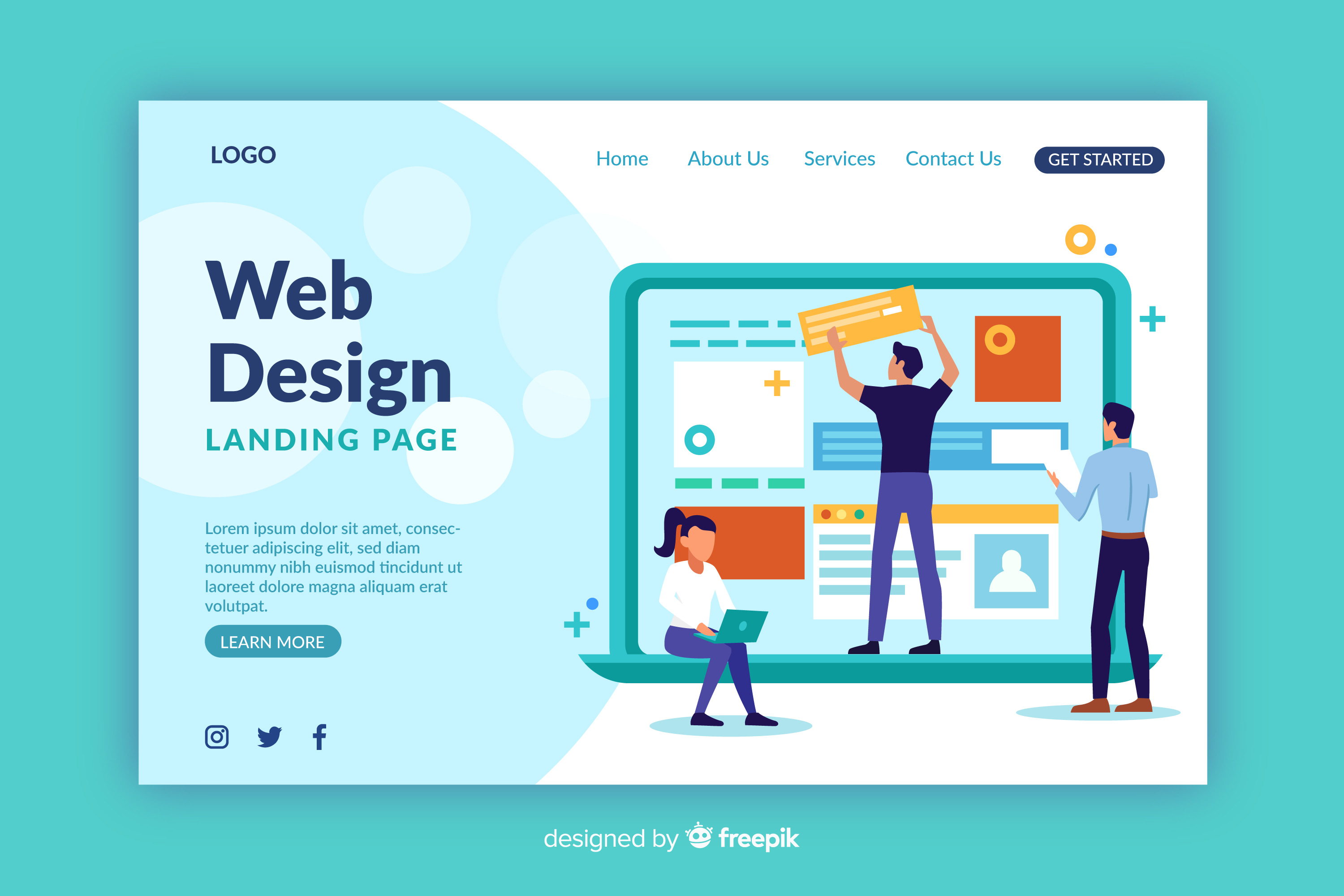Beyond Looks: The Critical Role of Web Design in Business
In online environment, the importance of web design stretches far above mere aesthetics. A well-crafted website acts as the virtual storefront for businesses, shaping first impressions and affecting customer perception. With the majority of consumers shifting to the internet to look up products and services, exceptional web design has become a strategic asset that can drive engagement, loyalty, and ultimately, sales.
Successful web design includes far beyond attractive visuals; it incorporates user experience, functionality, and branding. Companies that prioritize thoughtful design strategies are often rewarded with higher conversion rates and improved customer satisfaction. As rivalry continues to grow in the digital space, investing in quality web design is no longer an option but a necessity for success in the current marketplace.
Business Impact of Web Design
The design of a website plays a crucial role in establishing a company's online presence. The first impression users have of a brand is often through its website, making design a critical factor in attracting and retaining visitors. A well-designed website not only captures the attention but also fosters trust, motivating potential customers to interact with the business. In today’s online environment, an aesthetically pleasing and user-friendly interface is necessary for standing out from competitors.
Moreover, effective web design has a direct impact on user experience, which can significantly influence conversion rates. Users are more likely to stay on a site that is simple to explore and visually appealing, leading to increased engagement and more opportunities for them doing desired actions such as buying something or subscribing to a newsletter. Websites with concise calls to action and easy-to-understand layouts can effectively direct users through their journey, ultimately driving business growth.
Moreover, search engine optimization is closely tied to web design. A strategically arranged website with optimized elements such as responsiveness on mobile devices, short loading times, and proper use of keywords can improve a business's presence in search engine results. This organic traffic can lead to a larger audience and, consequently, increased revenue. Businesses that focus on high-quality web design are more likely to see beneficial outcomes in both user engagement and search engine rankings, further reinforcing the strategic importance of design in today's competitive market.

User Experience and Engagement
The design of a website plays a crucial role in determining how users interact with a company online. A well-structured layout, easy navigation, and visually appealing visuals play a part to a positive user experience. When visitors can find what they are searching for quickly and enjoy the overall visual appeal, they are more prone to stay an extended period, explore more pages, and ultimately become into customers. In contrast, a poorly designed website can frustrate users, leading to increased bounce rates and missed opportunities.
Effective web design also encourages user engagement. Utilizing engaging elements such as links, forms, and videos keeps users absorbed and invites them to participate in the brand's products. Engaging web design can create a noteworthy experience, encouraging users to return and talk about the site to other people. Features like mobile-friendly design ensure that the site looks appealing and operates smoothly across various devices, which is crucial in retaining users who use the internet through smartphones and tablets.
Moreover, the emotional impact elicited by a website's design can noticeably impact user behavior. Color schemes, typography, and graphics work in harmony to convey the brand's essence and beliefs. A website that resonates emotionally with its audience can create a deeper connection, enhancing trust and faith. When users feel a connection or alignment with a brand's goal conveyed through its design, they are more prone to connect with the information and make purchasing decisions that support the business.
Styles Trends for Market Edge
Staying at the forefront in the competitive arena demands businesses to adopt the most recent website aesthetic trends that while also improve visual appeal but also boost customer engagement. Responsive layouts, for example, has become crucial as customers increasingly visit sites from various platforms. A site that seamlessly adapts to different screen sizes ensures a uniform interaction, keeping visitors on the page for extended periods and lowering departure numbers. This flexibility can significantly influence a company’s profitability by expanding its reach and drawing in a diverse audience.
Another trend that is gaining momentum is the minimalist approach in website style. By streamlining layouts and focusing on key content, companies can improve functionality and minimize clutter, enabling customers to navigate with simplicity. A clean, straightforward design highlights key information and calls to action, making it more likely for users to convert. The effectiveness of this approach lies in its capability to communicate professionalism and simplicity, which can set a brand apart in a crowded market.
Moreover, incorporating engaging features into web development is becoming to be a revolutionary for companies. Features such as animations, surveys, and interactive assistants create a vibrant environment that keeps customers engaged for a longer time. This level of engagement can foster a stronger connection with the brand and encourage return engagement. By embracing dynamic features, businesses can as well as grab interest but also build loyalty among their customers, ultimately leading to a stronger competitive advantage in their field.